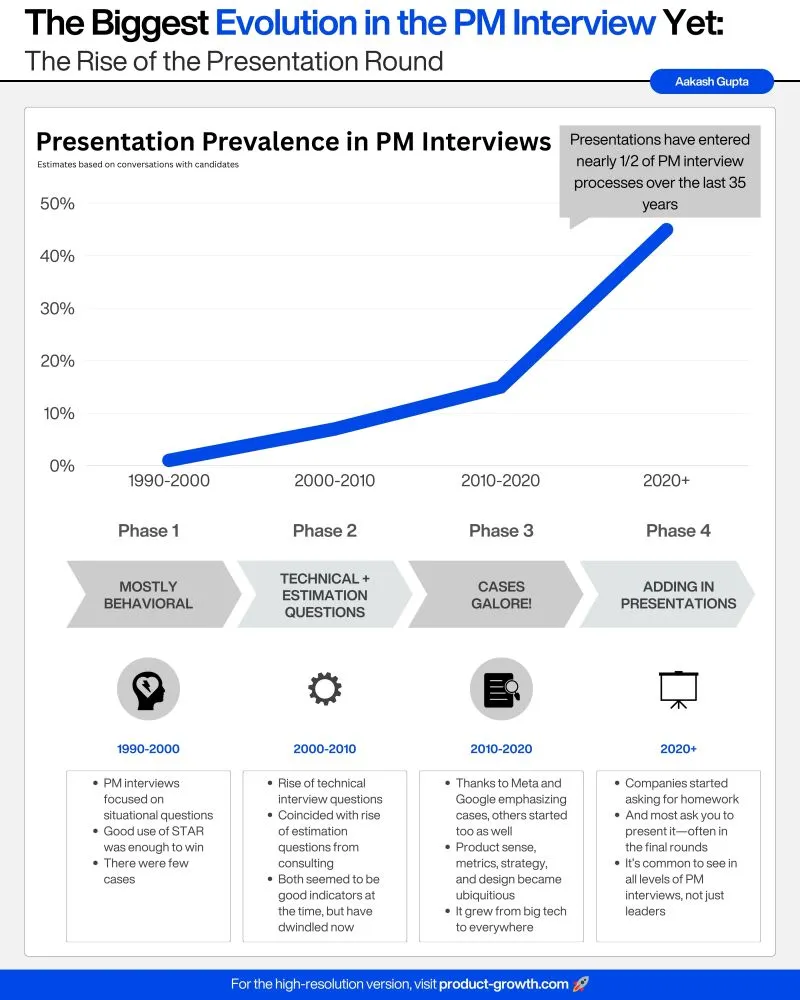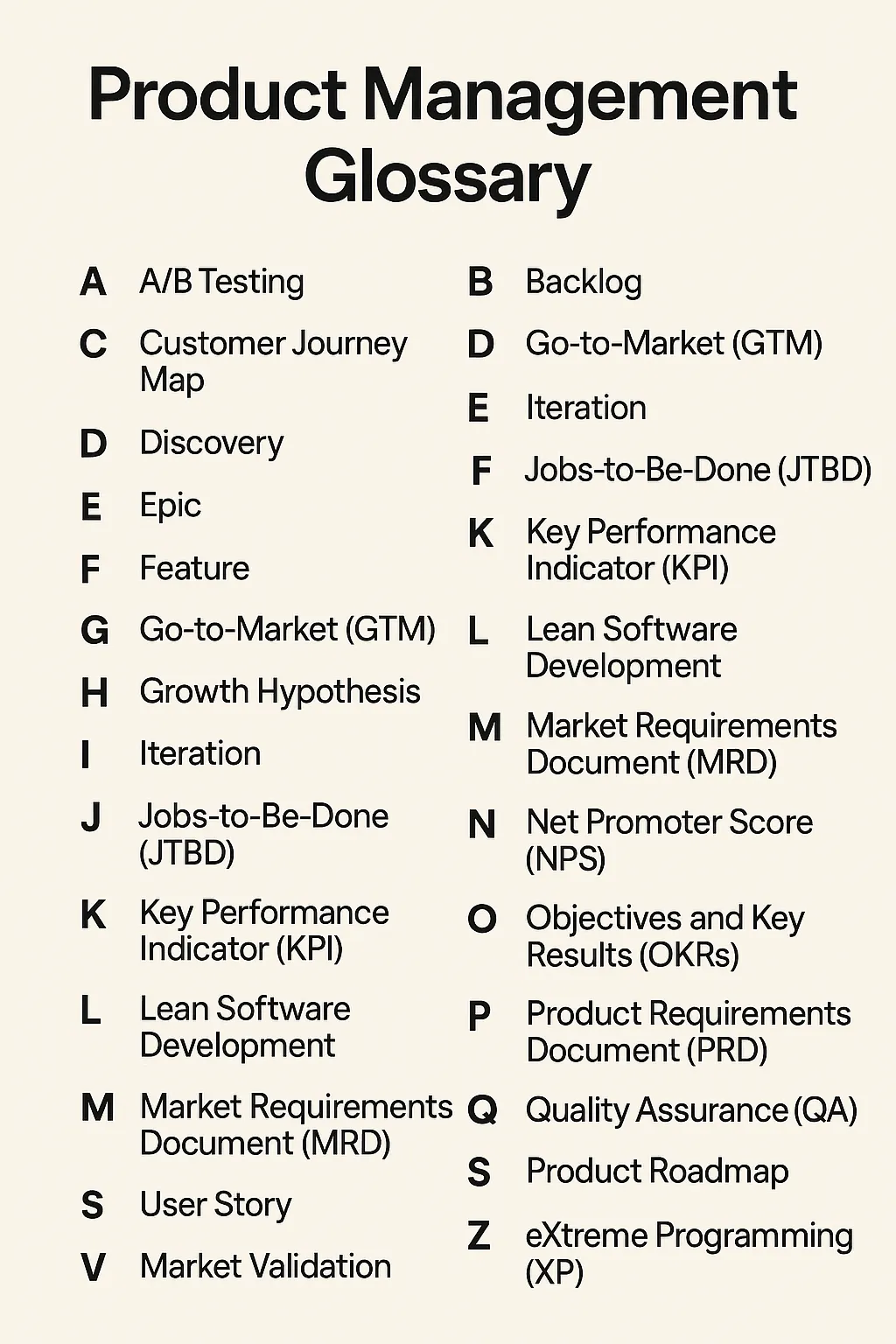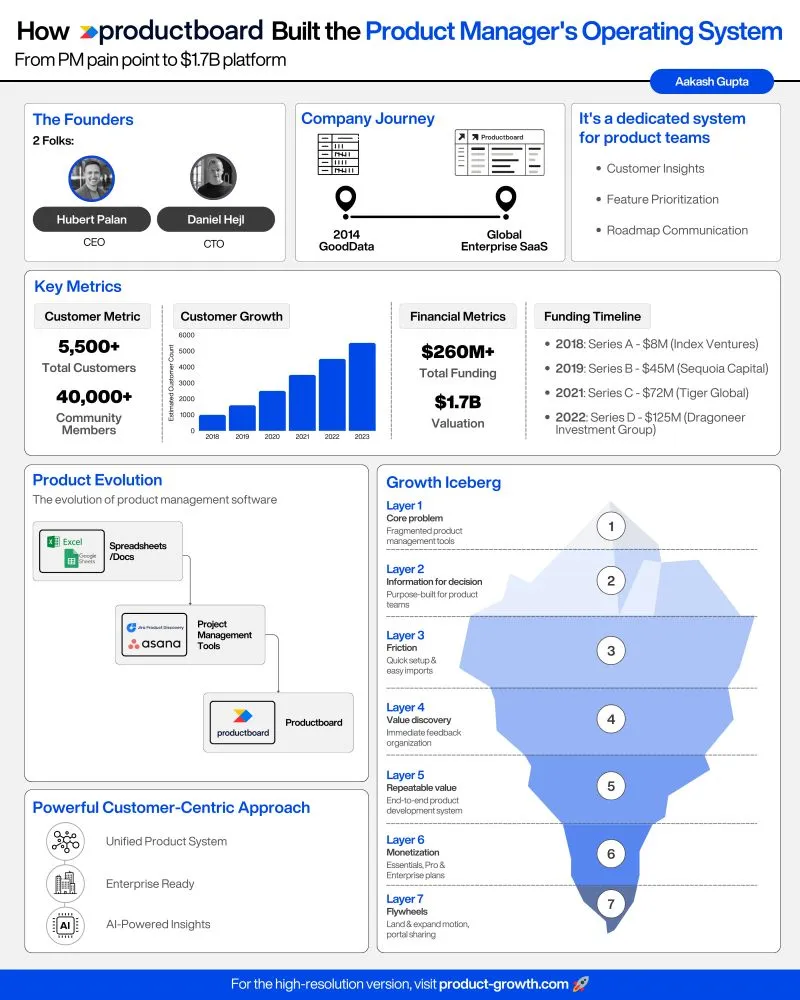
Microsoft AI Product Manager Interview Experience
10 Real Questions, STAR Answers, and a Success Blueprint
One of my close friends recently interviewed for a Product Manager role in Microsoft’s AI division. As a passionate builder with a deep interest in responsible AI and emerging technologies, this opportunity was a dream come true for her. But with that came high pressure — Microsoft expects not just sharp thinkers, but great storytellers who can back product decisions with data, empathy, and business acumen.
I helped her structure her preparation using the STAR method (Situation, Task, Action, Result), and in this blog, I’m sharing 10 of the actual interview questions she faced — with her detailed responses.
We also focused on three strategic actions that helped her stand out — and ultimately, she got the offer.
1. Tell me about a time you built an AI product from scratch.
Situation:
While working at a mid-sized SaaS company, she observed that customer support tickets were piling up and response times were exceeding SLA. Most queries were repetitive and could be automated.
Task:
She proposed the development of a chatbot powered by NLP to handle Level 1 support queries and…
Actions:
- Conducted discovery with the customer success team to identify the 10 most common ticket types.
- Wrote the product requirement document, emphasizing the scope of automation and AI model training data needs.
- Worked with the data science team to train an NLP classifier and collaborated with engineering to integrate the chatbot into the existing support portal.
Result:
Within 3 months of deployment, ticket volume to human agents dropped by 45%, and average resolution time for L1 issues dropped from 22 minutes to under 5 minutes.
2. How do you prioritize AI features in a roadmap?
Situation:
On a personalization product, various stakeholders — engineering, marketing, and compliance — were pushing for competing priorities. Engineering wanted scalability features, marketing wanted UI experiments, and compliance needed new privacy layers.
Task:
She had to build an objective prioritization framework that balanced short-term growth with long-term technical and ethical goals.
Actions:
- Used a 2x2 matrix (Impact vs Effort) to align feature value.
- Integrated AI model performance metrics into prioritization, not just business outcomes.
- Facilitated a cross-functional roadmap review where each group presented business cases for their features.
Result:
The team shipped 3 high-impact features in the next quarter. Post-release analysis showed a 17% increase in user engagement, with model performance improving by 12% F1-score.
3. Describe a time when your AI project failed. What did you do?
Situation:
She led a project to launch an AI-powered content recommendation engine. After going live, engagement metrics plummeted. Users were clicking less and bounce rates increased.
Task:
She needed to figure out what went wrong and fix it before stakeholders lost confidence in the entire AI roadmap.
Actions:
- Reviewed model logs and user interaction data. Discovered the training set was outdated and didn’t reflect recent content trends.
- Engaged the data science team to retrain the model using updated engagement signals.
- Added a human-in-the-loop layer to validate top recommendations before auto-deployment.
Result:
Engagement metrics bounced back within 4 weeks, with CTR improving by 27%. The learning helped refine future data hygiene practices across the org.
4. How do you work with data scientists and engineers?
Situation:
In a prior project, she noticed that model performance and engineering implementation often got out of sync. The product team was shipping features without fully understanding the limitations of the AI model.
Photo by Christina @ wocintechchat.com on Unsplash
Task:
She aimed to improve the collaboration rhythm across functions and reduce cycle time from ideation to launch.
Actions:
- Initiated weekly AI stand-ups where PMs, engineers, and data scientists could align on metrics and timelines.
- Used shared dashboards in Power BI to track model performance and feature completion rates.
- Created one-pagers that translated complex model behavior into product-friendly summaries.
Result:
The next feature was shipped 2 weeks ahead of schedule with 0 critical bugs and a 94% test pass rate. Postmortem feedback rated the collaboration model 9.4/10.
5. Tell me about a time you had to explain a complex AI concept to a non-technical stakeholder.
Situation:
The finance lead questioned the rising cloud costs of using GPT-3 APIs and wanted to know if switching to a traditional rules engine would be more cost-effective.
Task:
She had to justify the cost and explain the value of using generative AI in business terms.
Actions:
- Created a visual cost-benefit comparison showing per-query costs vs user engagement and resolution time.
- Presented simplified flow diagrams of GPT-3’s context handling vs rule-based logic.
- Proposed a hybrid solution with fallback triggers to optimize usage.
Result:
Finance approved the current GPT-3 usage, and the company switched to a fine-tuned open-source model later, reducing inference costs by $120K annually.
6. How do you measure success in AI products?
Situation:
Her team had just launched an AI model for fraud detection in digital payments. While initial reviews were positive, there was no framework to evaluate effectiveness.
Task:
She was asked to define a metrics-driven success model to measure model impact and business value.
Actions:
- Collaborated with risk and analytics teams to define KPIs — precision, recall, false positives, and monetary loss avoided.
- Set up live dashboards with thresholds and alerts.
- Introduced a post-mortem template for false negatives to analyze model failures.
Result:
Fraud detection rates increased by 20%, false positives dropped below 5%, and the system saved over $300K in fraud losses over 6 months.
7. Give an example where ethics influenced an AI product decision.
Situation:
Her team was building a feature that used location data to improve personalization. Privacy advocates raised concerns about data misuse.
Task:
She needed to ensure the product remained compliant and ethically sound without derailing timelines.
Actions:
- Conducted an internal ethical review with legal and engineering.
- Proposed opt-in location sharing with transparent data use disclosures.
- Modified the product to anonymize and aggregate location signals.
Result:
The product passed Microsoft’s internal Responsible AI checklist and launched with strong user reviews on data transparency.
8. How do you stay up to date with AI trends?
Situation:
To remain competitive, she wanted to integrate large language models into the roadmap but needed deep understanding to propose it convincingly.
Task:
She made it her goal to become the most AI-literate PM on her team within 60 days.
Actions:
- Read AI research papers weekly from arXiv and Papers with Code.
- Followed Hugging Face, OpenAI, and Cohere communities.
- Built demos using LangChain and GPT-4 APIs to show internal stakeholders.
Result:
The team added an LLM-powered summarization tool to the roadmap. Leadership praised her initiative and it became a key differentiator for the product.
9. Describe a stakeholder conflict in an AI context.
Situation:
Legal opposed launching sentiment analysis on user reviews, fearing privacy violations.
Task:
Her goal was to resolve the deadlock without compromising the product timeline.
Actions:
- Organized a roundtable with legal, engineering, and product to assess risk vs reward.
- Proposed anonymizing data and adding a consent checkbox in the review UI.
- Drafted an internal whitepaper addressing compliance risks and mitigations.
Result:
The product was launched on time with privacy safeguards. No complaints or escalations were reported in the first 6 months.
10. Have you handled bias in an AI product? What did you do?
Situation:
The company’s job-matching engine showed fewer job matches to women than to men, triggering internal alerts.
Task:
Her task was to remove bias and ensure fair model behavior across demographics.
Actions:
- Partnered with the fairness team to run SHAP and LIME explanations on feature weights.
- Found and removed proxies like “gap years” that unfairly penalized women.
- Retrained the model using a balanced dataset with SMOTE oversampling.
Result:
Bias was reduced by 65%, and the case was presented internally as a best-practice example of ethical AI design.
The 3 Key Actions That Led to the Offer
- Created a STAR Story Bank:
She documented 20+ product stories in Notion, categorized by behavioral themes like failure, innovation, stakeholder conflict, metrics, etc. - Mock Interviews with AI PMs:
Practiced with mentors who had cracked Google, Meta, and Microsoft interviews. Each mock included feedback loops. - Tailored Resume and Portfolio:
Her resume reflected AI impact metrics, tools like LangChain, OpenAI, SHAP, and her leadership in responsible AI design.
The Outcome?
After multiple rounds — including technical deep dives and a bar-raiser session — she received the offer letter. The hiring manager mentioned her ability to explain complex topics in plain English and her impact-first mindset as key reasons for the decision.
If you’re preparing for an AI Product Manager role at Microsoft or any tech giant — structure your stories, measure your results, and always highlight the “why” behind your decisions.









Comments ...
No Comments Yet ...Add One